The origin of the intelligent lighting control system
Let's go back to the UK 100 years ago, when the British went to the Opera to enjoy the opera, and the social cocktails were the fashion social activities of the nobility. Therefore, the "one-touch" "lighting theater control system" that realizes the preset lighting effects came into being. The main feature of the lighting system is that the front and rear edges of the voltage are phase-adjusted by the thyristor to achieve current changes in the lighting circuit. Since the illumination source at that time was mainly a halogen light source, and the technology used in the system was very suitable for the control and dimming of the halogen light source, the system and technology developed rapidly and have been used up to now.
Since the system and technology adopts lighting main line control and regulation, no additional control and dimming lines are needed, so the system is widely used in the hotel industry, and since the hotel industry is now paying great attention to lighting energy saving and environmental protection, LED The lighting of the light source began to pop up in hotels (especially high-end hotels). The three companies that have been dominant in the hotel lighting control system industry: Clipsal, Lutron, Dynalite are actively trying to control and adjust the LED light source with thyristor leading or trailing edge phase dimming technology, but currently applied The effect and situation are not ideal. It is mainly difficult to find an LED driver or LED light source that perfectly matches the appropriate thyristor leading edge or trailing edge phase-cut dimming technology in the market. It is not satisfactory. However, because the system and technology do not require additional control and the advantages of dimming lines, people in many industries are constantly investing in human resources and materials research and development, improvement and application. If the technology controls and dims the LED light source, it can overcome technical difficulties. Then, the market prospect of "lighting theater control system" applied to LED light source control and dimming will be very large.
Since Clipsal, Lutron, and Dynalite's "lighting scene control systems" all use their own "485" protocol as the backbone, we are used to calling them "485 systems."
Let us return to Europe in 1970, and the first world energy crisis of 1970 prompted people to start thinking about how to manage energy and save energy. In addition, electrical automation control and technology began to enter all walks of life, this trend created an electrical switch that uses low-voltage weak electrical signals in building buildings to control or mediate lighting, to achieve intelligent management of lighting and reduce the energy consumption of lighting, we usually mention The "Lighting Building Control System" was developed on this basis.
In the 1980s, Siemens introduced the "EIB Bus", also known as the "European Installation Bus", for lighting control and regulation of buildings. The system focuses on centralized management of lighting and automatic energy-saving controls, such as turning off the lights when they are off work, turning off the lights when no one is off, or turning off the lights when there is plenty of daylight. Thanks to Schneider, ABB, Siemens' continuous optimization of control technology and functions, the "Lighting Building Control System" has been widely used in public buildings. In addition, "illuminated building control system" mainly uses "EIB bus" as the backbone, so we used to call them "EIB system".
Since the building lighting in the 1980s mainly used fluorescent lamps and halogen lamps, the control and dimming technology of the "EIB system" mainly focused on these two light sources. However, the indoor lighting of buildings has begun to pay attention to environmental protection and energy conservation. The opportunity to apply LED light sources has greatly increased. Therefore, the manufacturers of "EIB systems" are also intensifying efforts to develop control technologies and system improvements suitable for LED light sources to adapt to this change.
Let us return to the United States in 1970, but the entertainment and film and television industry in the United States has developed unprecedentedly, and "Hollywood" is a household name. Therefore, lighting control technology for the lighting and entertainment venues of the stage should emerge. The "lighting stage control system" based on the DMX512 protocol introduced by the US "Stage Lighting Association" has been greatly developed. Thanks to the agreement, users can buy DMX512 devices from different manufacturers and control the lines in the same complex. Controlled under the lighting console, so far the system still dominates the stage lighting and night lighting control market, we are used to calling them "512 systems"
Early stage lighting mainly used high-power halogen lamps and neon lights, but in the 1990s, LED light sources entered lighting for the first time through stage lighting, and extended to night lighting of buildings, and basically stage lighting through nearly ten years of application. And the night illumination of buildings is the application of LED light source. Therefore, the current "512 system" currently occupies the market advantage of controlling and regulating the LED light source. However, due to the limitations of its own application, the "512 system" is only in the stage lighting and Building night lighting is applied, and wide indoor lighting applications cannot be plugged in. Therefore, the "512 System" wants to be further developed rapidly and needs to be changed.
So what kind of LED lighting intelligent control system and technology will be the dominant in the future, occupying the main position of the market?
To answer the above questions, we must first look at the electrical characteristics of the LED light source. Because the control technology is to serve the controlled light source,
So we need to understand the electrical characteristics of LED light sources.
Electrical characteristics of LED light sources
LED light source has such electrical characteristics, that is, the current flowing through the LED PN junction (refer to the LED revolution, revolution), the current varies with voltage, which can be visually displayed on the oscilloscope (Figure 1). The complete volt-ampere curve of the root includes forward and reverse characteristics. In general, the reverse characteristic curve changes steeply. When the voltage exceeds a certain threshold, the current rises exponentially, which breaks down the LED PN junction. The forward voltage of the LED is also determined by its forward current. As can be seen from Figure 1, the change in forward current causes a corresponding change in the forward voltage. Specifically, the decrease in the forward current also causes a decrease in the forward voltage. Therefore, when the current is turned down, the voltage of the LED is also reduced, which changes the relationship between the power supply voltage and the load voltage.
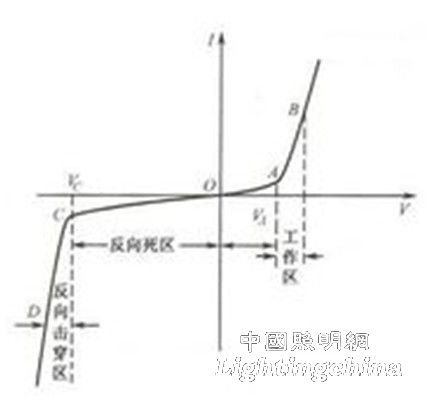
figure 1
Therefore, from the electrical characteristics of the LED, we can know that the dimming of the LED light source can not be achieved simply by reducing the input voltage or input current of the LED. In addition, the waveform of the sine wave of the LED is different from the waveform of the incandescent lamp, so it cannot be simple. It is necessary to change its effective value (effective dimming) by changing its conduction angle.
The PWM (Pulse Width Modulation) dimming method can solve the above problem well, because the LED is a diode, which can realize fast switching. It can allow switching speeds of up to microseconds, which is unmatched by any illuminating device. Therefore, as long as the power supply is changed to a pulse constant current source, the brightness can be changed by changing the pulse width. This method is called pulse width modulation (PWM) dimming.
This dimming method is like a sluice with a switch of up to microseconds. Because the sluice switch frequency is very fast, we can't identify the state of its switch with the naked eye. As a result, we can only pass the amount of downstream water. Identify the speed of its switching frequency. In addition, since the sluice changes the duty ratio of the output water flow (the effective flow rate of the water flow), and does not change the instantaneous water pressure and the instantaneous flow rate of the water flow, the switching operation of the sluice up to microseconds does not affect the work of the hydroelectric power generation, because the moment The water pressure and instantaneous flow rate are unchanged, and the amount of water flowing down and the total amount of power generation are changed. Therefore, the PWM (Pulse Width Modulation) dimming method does not change the instantaneous voltage and instantaneous current of the input LED PN junction, and changes the duty ratio of the output current, thereby changing its brightness.
In addition, the LED PWM (Pulse Width Modulation) dimming method has the following advantages:
1. No LED chromatogram offset will occur because the LED is always operating between full-scale current and zero.
2, has a very high dimming accuracy, because the pulse waveform can be controlled to a very high precision, so it is easy to achieve one-tenth of the accuracy.
3. Even if the light is dimmed in a wide range, no flicker will occur. Since the operating conditions of the constant current source (boost ratio or step-down ratio) are not changed, it is less likely that overheating and the like occur.
4. It can be combined with digital (DALI/DSI/DMX 512) control technology for control, because the digital control signal can be easily converted into a PWM signal.
Although LED PWM (Pulse Width Modulation) dimming has many advantages, there are two issues to be aware of:
1, the choice of pulse frequency, because the LED is in a fast switching state, if the operating frequency is very low, the human eye will feel flicker. In order to make full use of the visual residual phenomenon of the human eye, its operating frequency should be higher than 100 Hz, preferably 200 Hz.
2, eliminate the whistling caused by dimming, although the eyes above 200Hz can not be detected, but up to 20kHz is the range of human hearing. At this time, it is possible to hear the sound of the silk. There are two ways to solve this problem. One is to increase the switching frequency to above 20 kHz and jump out of the human ear. Another method is to find out the sounding device and process it.
At present, some manufacturers of LED dimmable power supplies, drivers and digital control systems have solved the above problems well. For example, Tridonic's LED dimmable power supply and driver adopt PWM (Pulse Width Modulation) modulation. Optical technology (Figure 2), its control signals are all using DALI (Digital Addressable Lighting Interface) technology, combined with digital lighting control system, to achieve a fully digital LED control product line. In addition, TRIDONIC's latest LED light engine products based on PL-LED technology (Figure 3). PL-LED refers to TRIDONIC's LED phosphor innovation technology, which can change the color and color temperature in the same LED light source. At the same time, the fixed color temperature (for example: 2700K-6200K) or color can be selected by software (for example: RGB). And carry out dimming control, currently the highest level of digital dimming technology for LED applications.
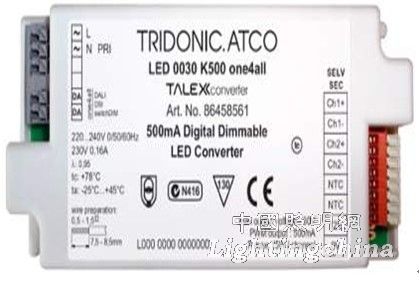
figure 2
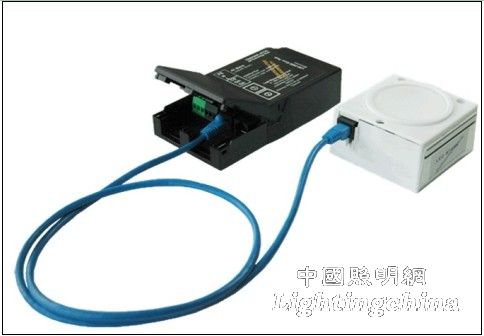
image 3
to sum up
Although the application of LED lighting intelligent control system is confusing at present, and there are still some problems and obstacles, it is undeniable that the application prospect of LED lighting intelligent control system is bright. As long as we maintain a rigorous attitude, a scientific approach and a responsible attitude to develop LED lighting intelligent control systems, to promote LED dimming technology, to use LED lighting, then LED lighting brings us benefits, bring benefits to humans Just in the near future.
Iphone 6s 3D viewer is a clear 3D phone case, you can use it to watch 3D movies everywhere with it.
This type is made for Iphone 6s, you can use it as a protective phone case, or 3D viewer. If you want to use it as a 3D viewer, you just take it off and put it on the front of your phone, then it can brings you to a magic world! A magic 3D world! It's light weight, easy to carry as well. When you don't use it to watch 3D contents, you can just put it at the back of smartphones, use it as a protective phone case.
The unique technologies are the lenticular lens on this 3D viewer, better design than the 3D Glasses for smartphones on the current market!

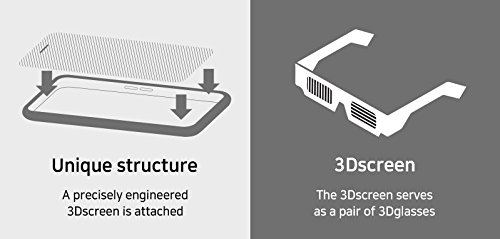


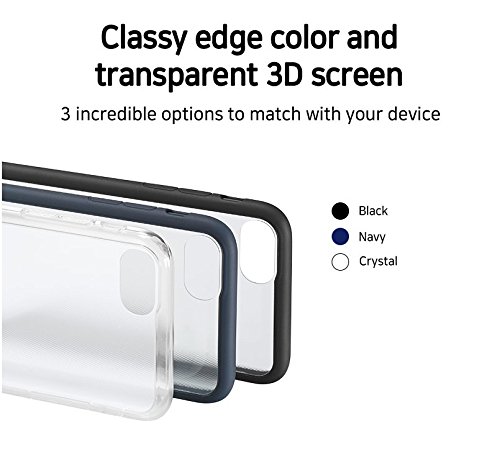



Iphone 6S 3D Viewer,Iphone 6S Vr Viewer,3D Viewer For Iphone 6S,Vr Viewer For Iphone 6S
iSID Korea Co., Ltd , https://www.isidsnap3d.com